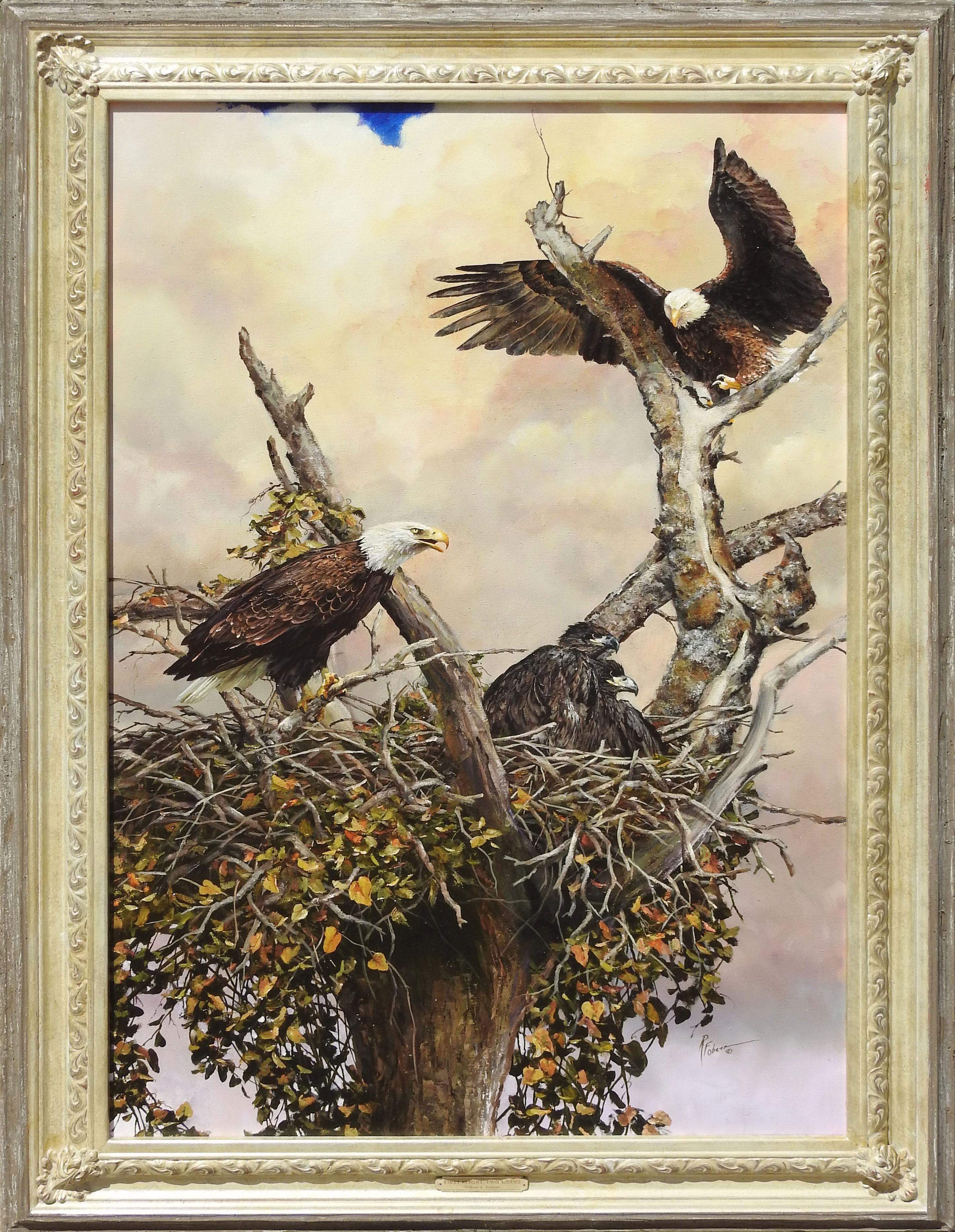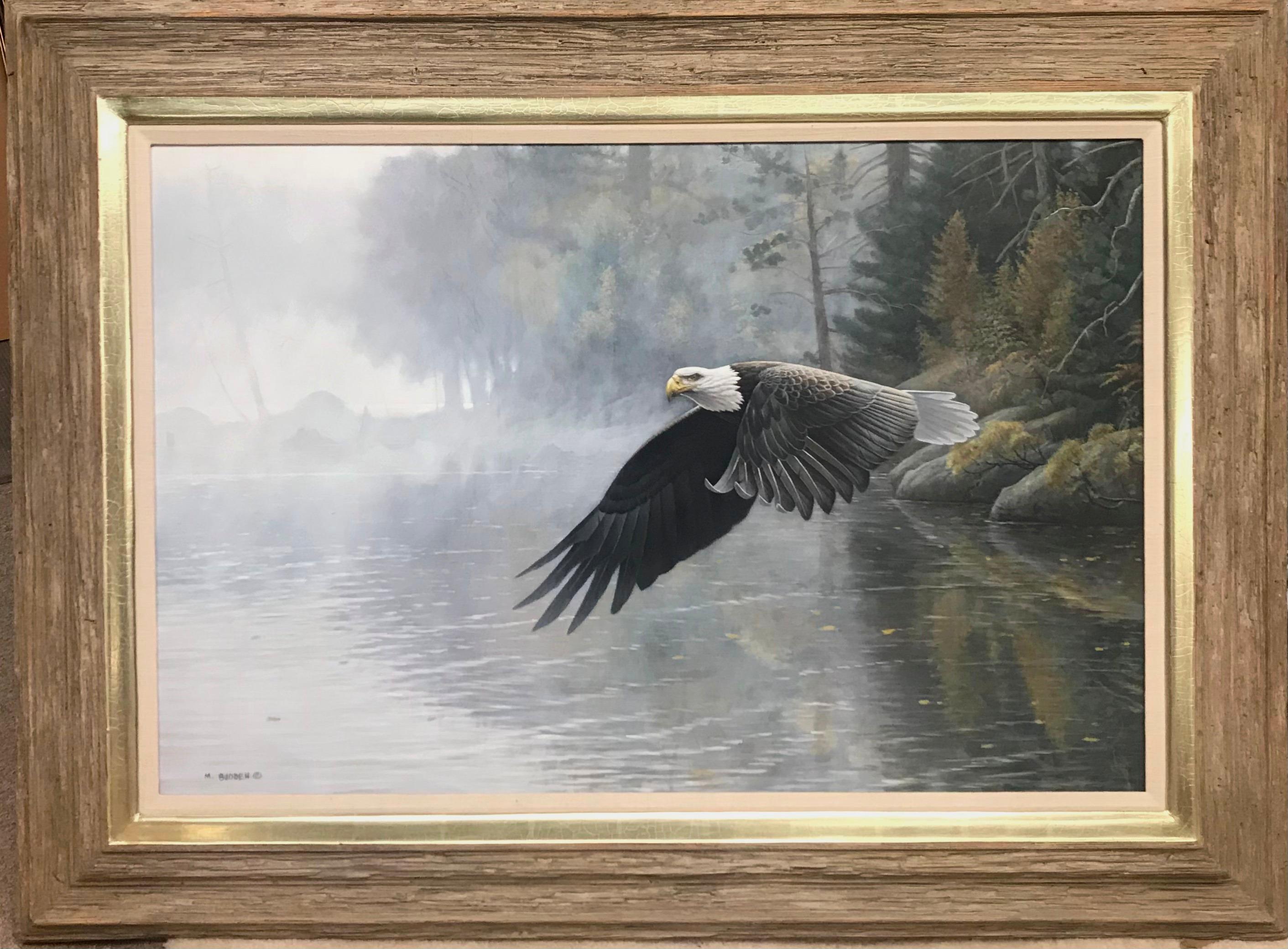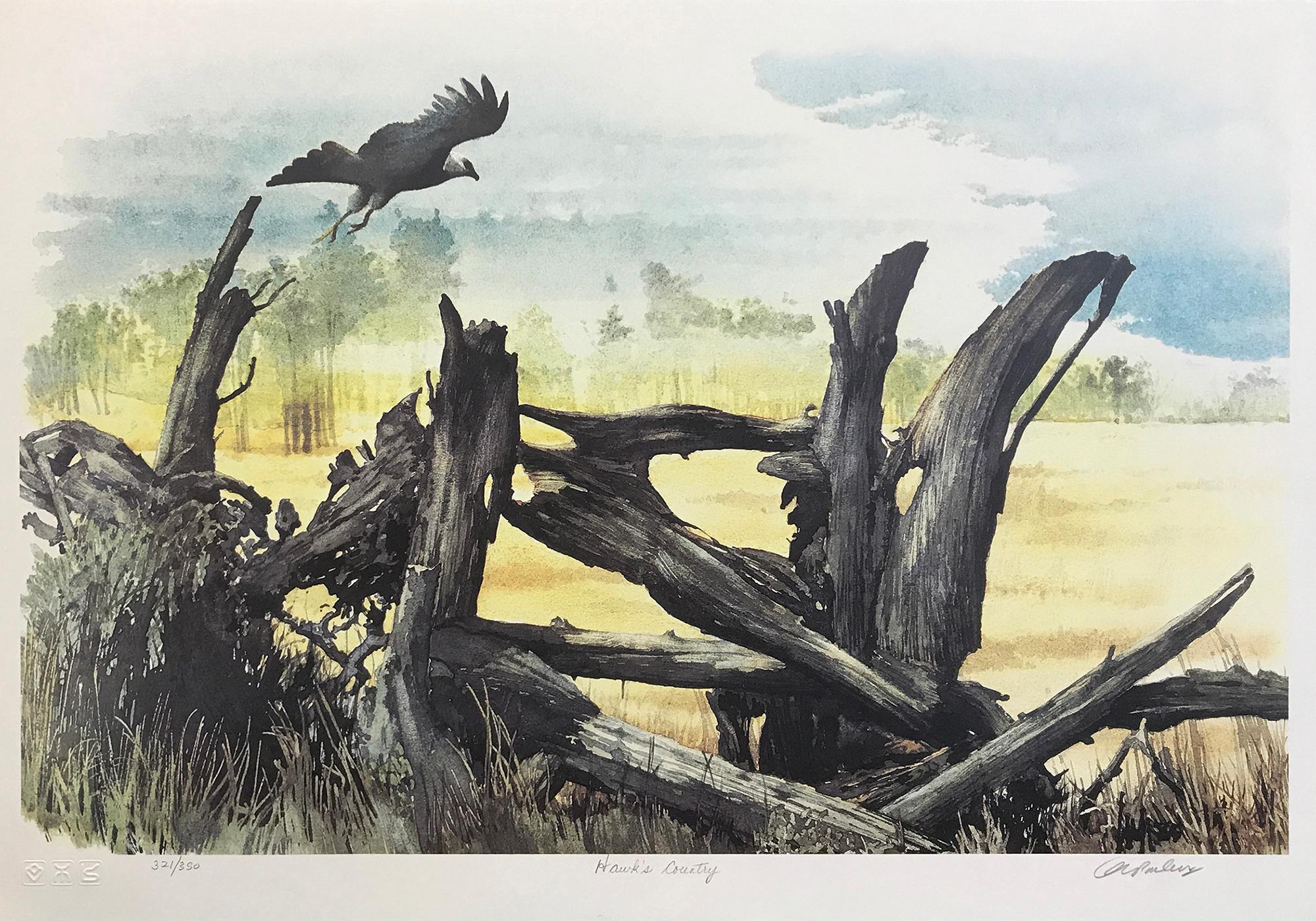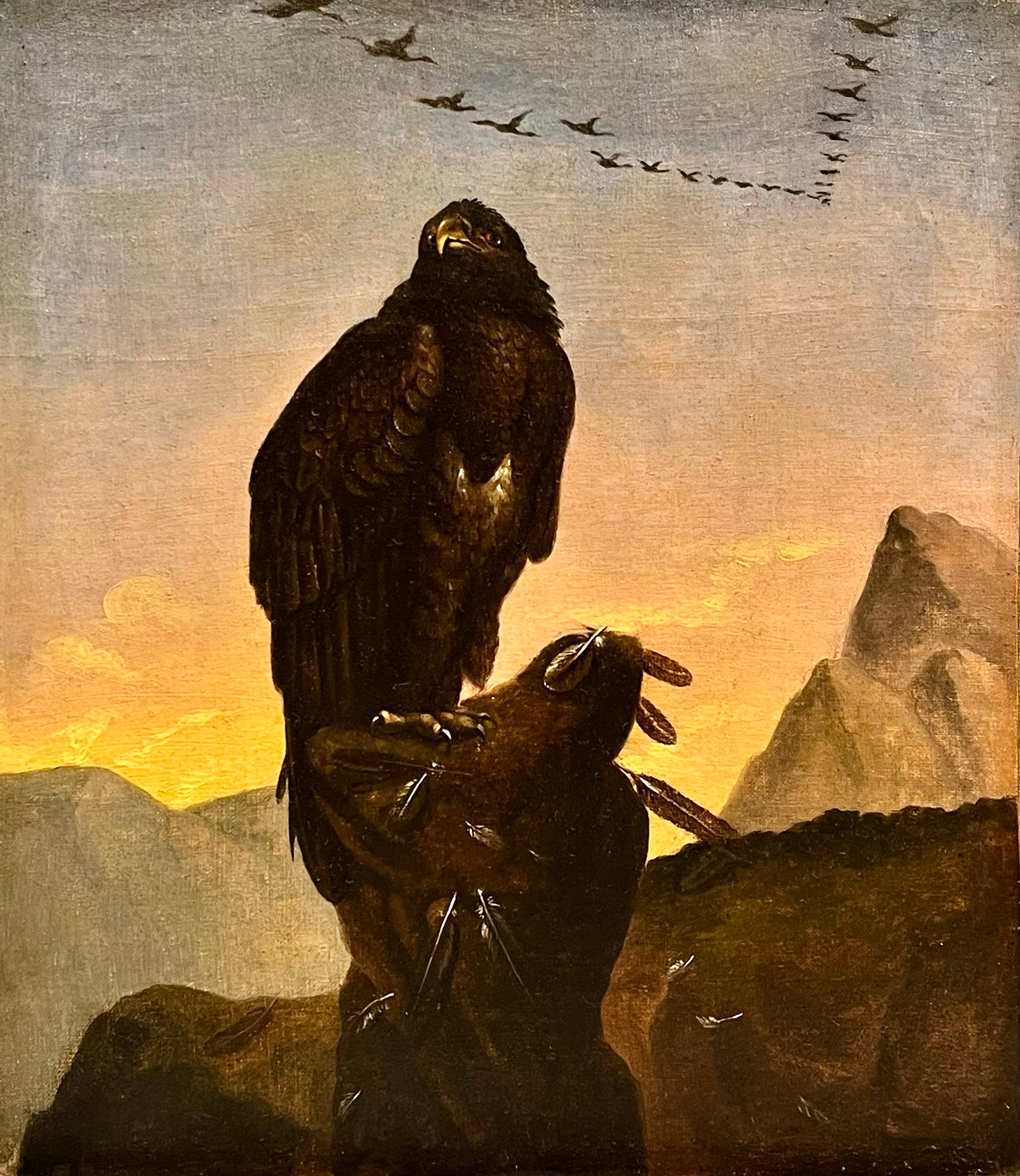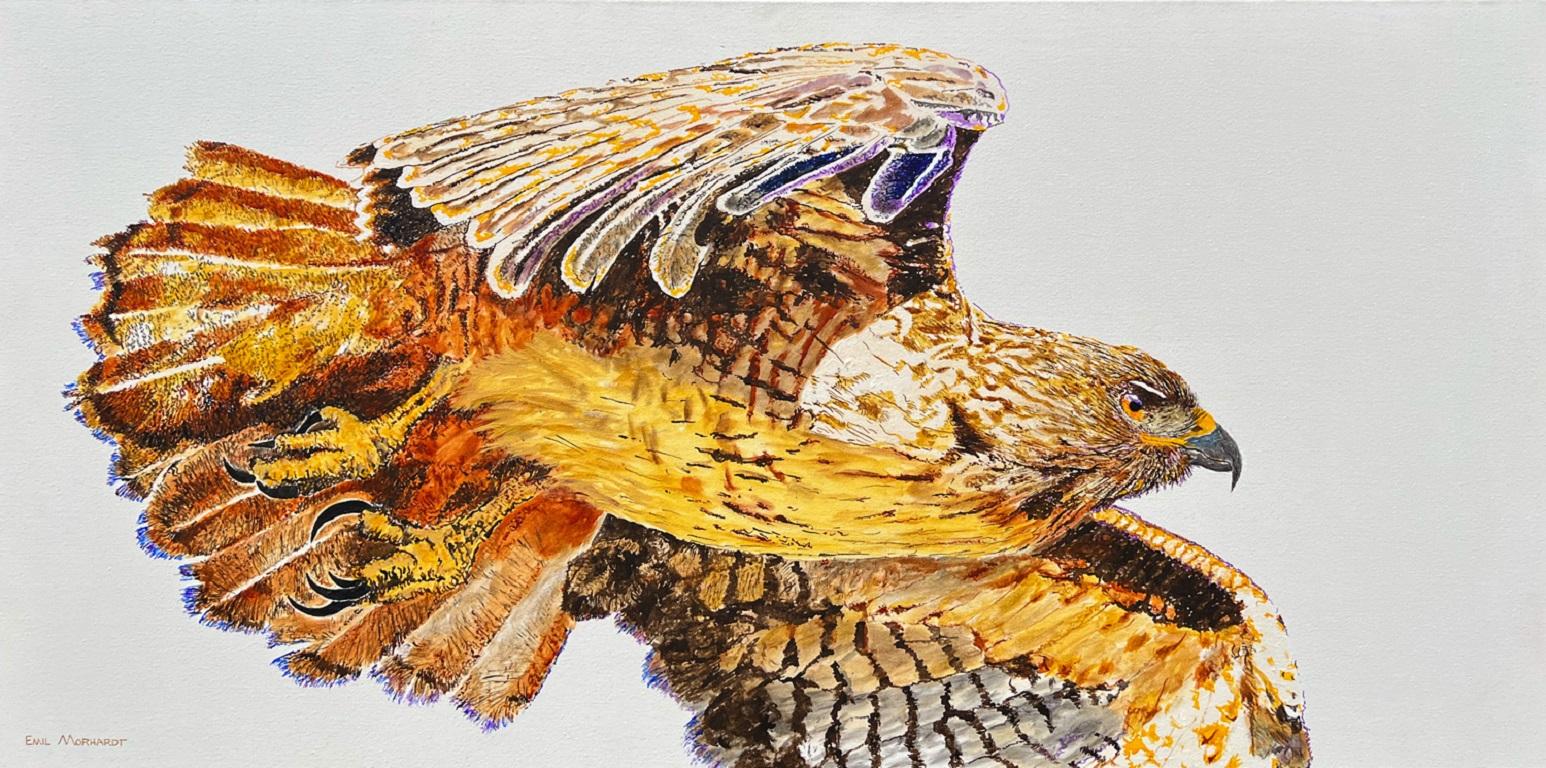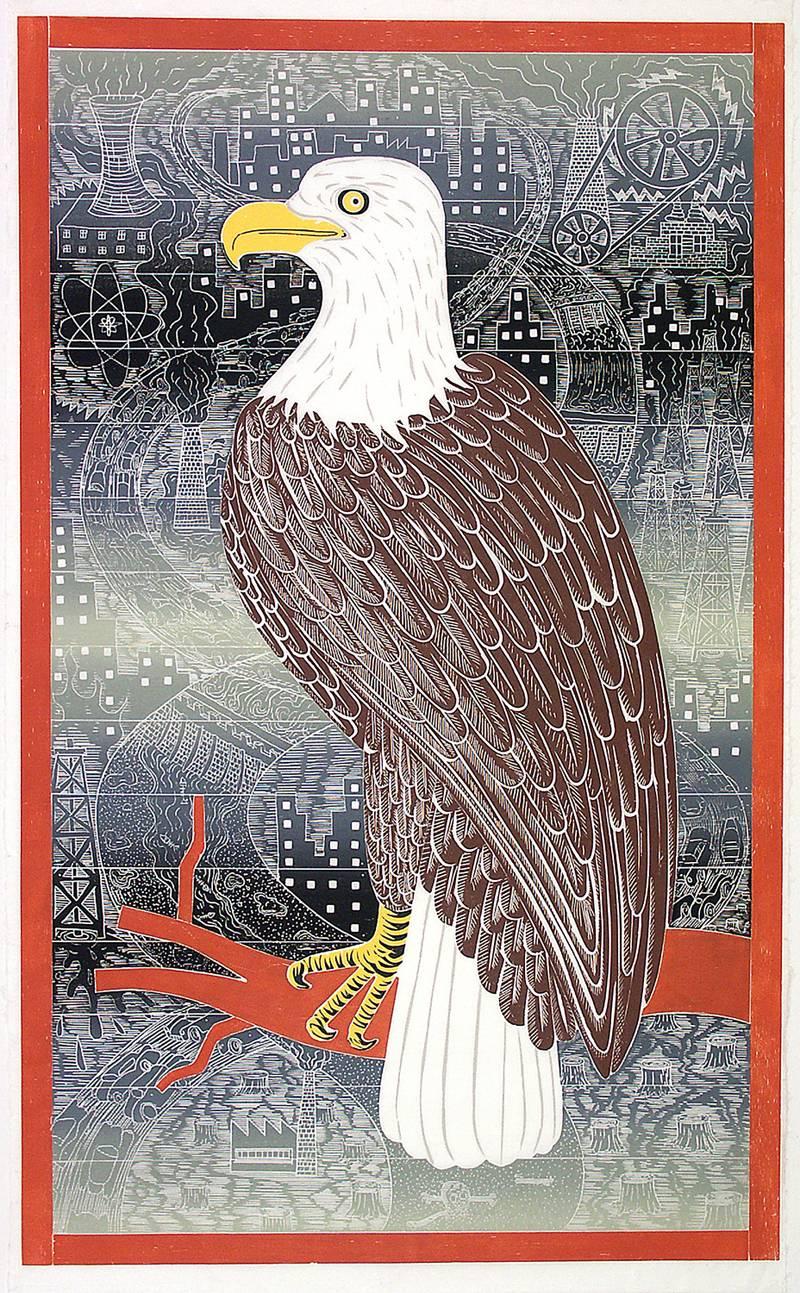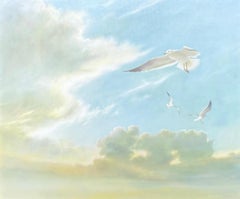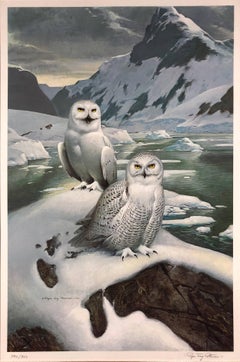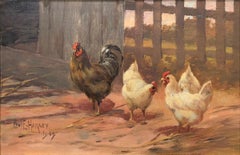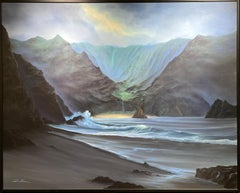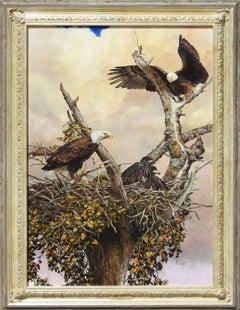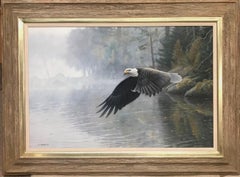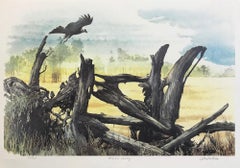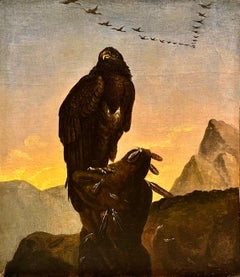Ted BlaylockAmerican Eagle (Nest Builder III)1986
1986
About the Item
- Creator:Ted Blaylock (1946)
- Creation Year:1986
- Dimensions:Height: 43 in (109.22 cm)Width: 33.5 in (85.09 cm)Depth: 1 in (2.54 cm)
- Medium:
- Movement & Style:
- Period:
- Condition:
- Gallery Location:Missouri, MO
- Reference Number:1stDibs: LU74734254542
- ShippingRetrieving quote...Shipping from: Missouri, MO
- Return Policy
More From This Seller
View All1980s American Modern Animal Paintings
Canvas, Oil
Late 20th Century Naturalistic Animal Prints
Lithograph
Early 1900s American Realist Animal Paintings
Oil, Wood Panel
21st Century and Contemporary Contemporary Landscape Paintings
Canvas, Oil
Late 20th Century American Realist Landscape Paintings
Oil, Wood Panel
Mid-20th Century American Realist Figurative Prints
Lithograph
You May Also Like
2010s Realist Animal Paintings
Linen, Oil
21st Century and Contemporary Realist Landscape Paintings
Acrylic
Late 20th Century Realist Figurative Prints
Paper, Lithograph
Mid-19th Century Realist Animal Paintings
Canvas, Oil
Artist Comments
Artist Emil Morhardt paints a swooping hawk he observed circling the sky and then landing on a tall nearby tree. The bird inspects the many gopher holes nearby. Emil captures it just as it launches a successful attack—painting the plumage with fine detailed brushwork and intense colors against a pure white background. The piece embodies the essence of this powerful raptor.
About the Artist
Emil Morhardt is an acrylic painter from Santa Barbara, California who expresses his passion for birds through realistic acrylic paintings. He paints at home in a studio room that has large windows and a north-facing view of the mountains. He observes the animals from this window, watching roadrunners, foxes, bobcats, deer, and coyote run by. Surrounded by this wildlife, Emil paints bird portraits reminiscent of those by artist John James Audubon. He bases his paintings off hundreds of photographs he takes of birds in the wild and at wildlife recovery centers. Emil captures the freedom and inquisitiveness that birds display...
21st Century and Contemporary Realist Animal Paintings
Acrylic
1990s Contemporary More Prints
Woodcut
